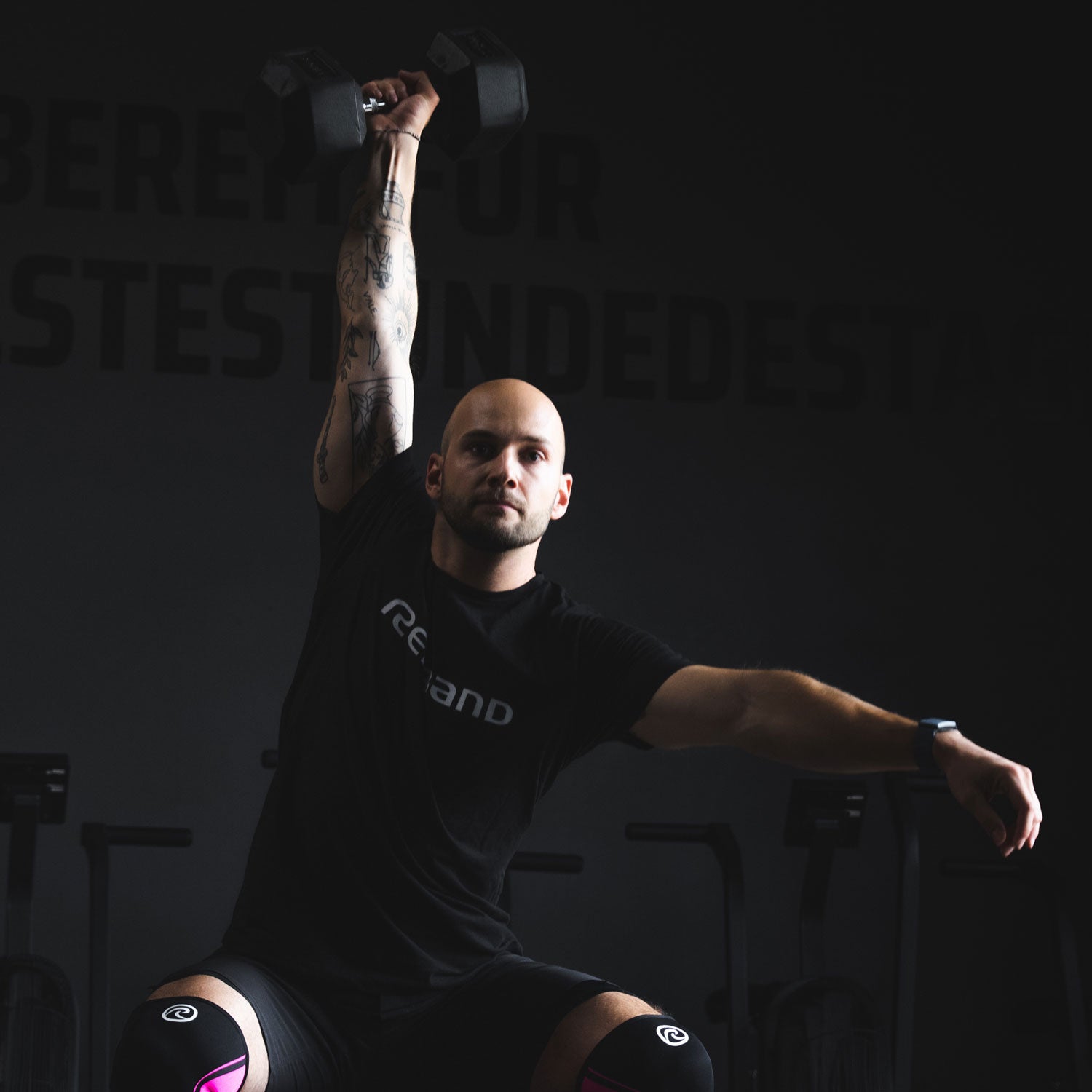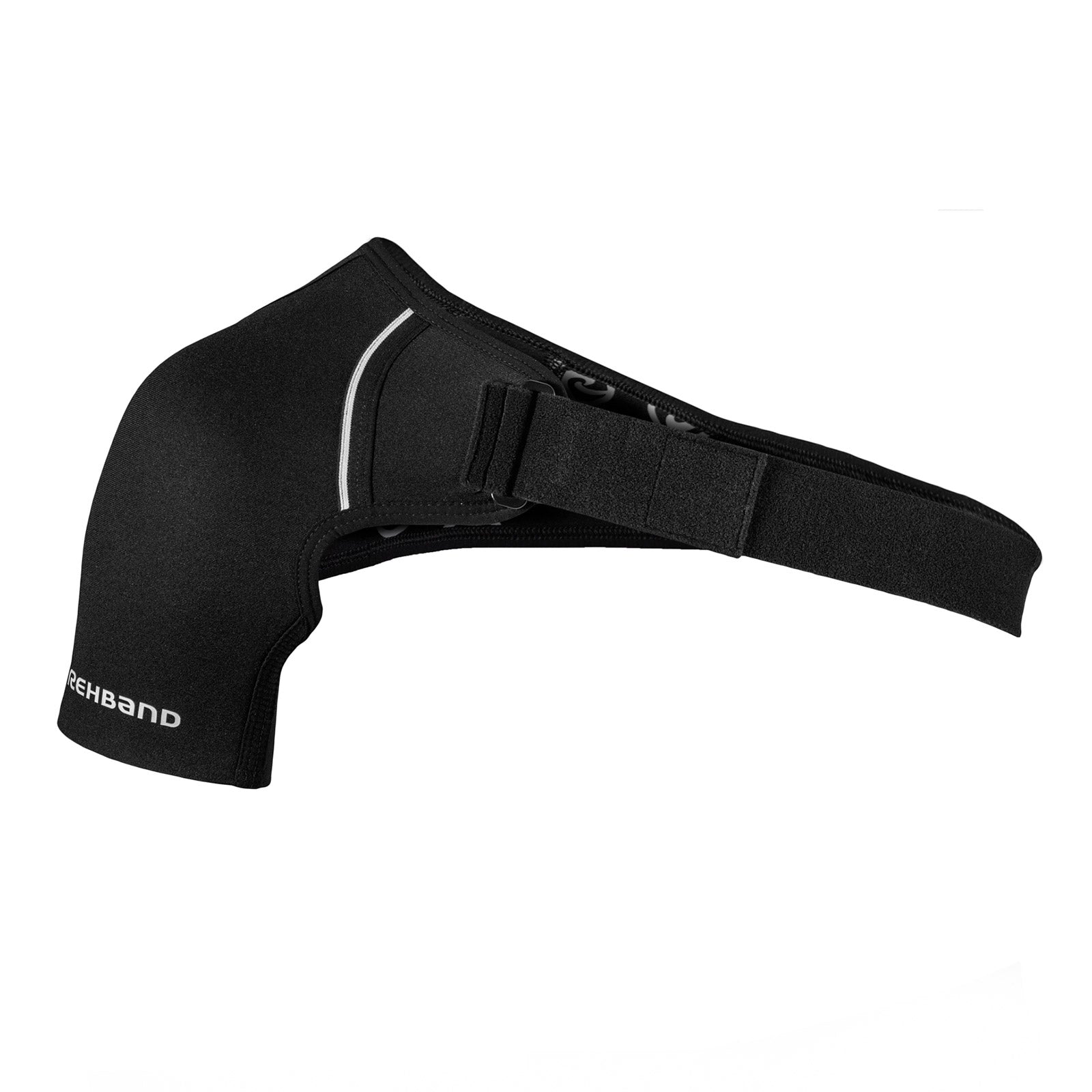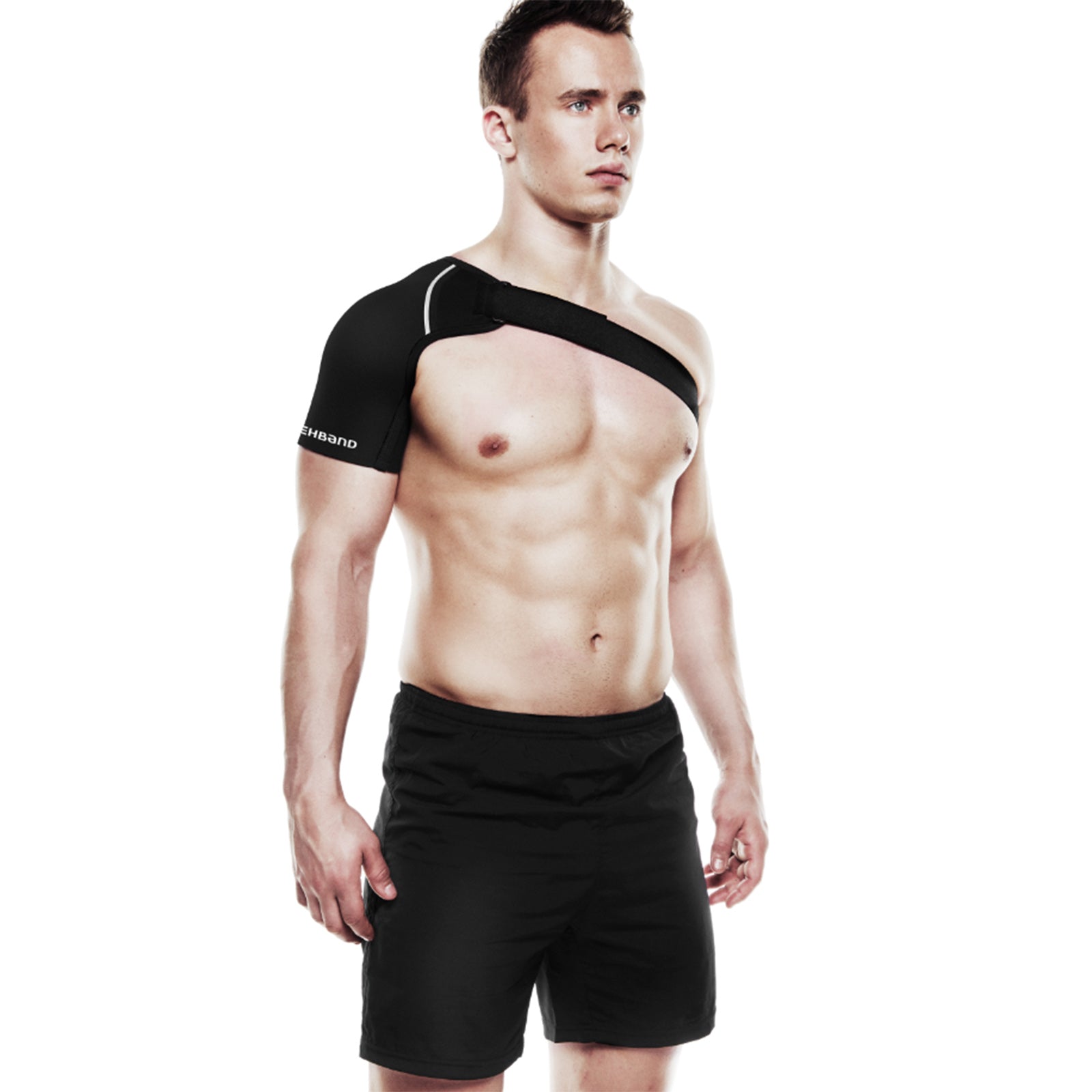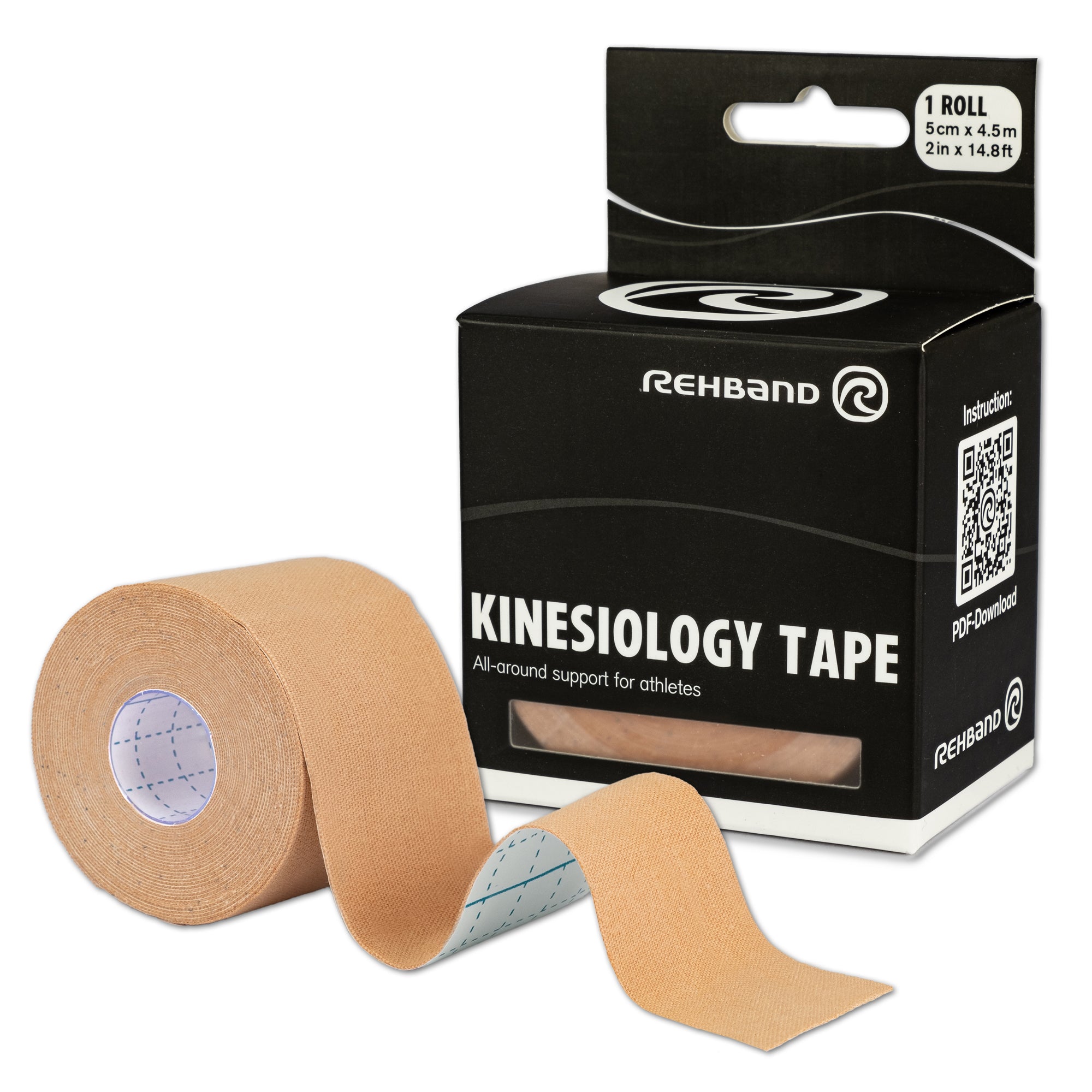Understanding Throwing Shoulder
Throwing shoulder is a common condition that affects athletes who engage in repetitive throwing motions, such as handball and baseball players, quarterbacks and tennis players. This injury typically develops over time due to the cumulative stress placed on the shoulder joint and its surrounding structures. The mechanics of throwing involve a complex interplay of muscles, tendons and ligaments that work together to generate power and precision. Over time, the repetitive nature of these motions can lead to inflammation, wear and tear, and ultimately injury.
One of the primary causes of throwing shoulder is rotator cuff injuries, where the tendons and muscles surrounding the shoulder become damaged. This can occur due to overuse, leading to tendonitis or tears. Another common issue is labral tears, which involve damage to the cartilage that stabilizes the shoulder joint, often caused by the excessive force generated during a throw. Biceps tendonitis, where the tendon connecting the biceps to the shoulder becomes inflamed, is also frequently seen in throwers due to the repetitive overhead motion.
Managing the Throwing Shoulder
Throwing shoulder can cause a variety of pain, stiffness and a decreased range of motion. Athletes may also experience a sensation of weakness or instability in the shoulder, which can hinder performance. In some cases, swelling or tenderness may be present, particularly in the front or outside of the shoulder.
Treatment for throwing shoulder typically begins with rest and modifications to throwing techniques to reduce strain on the shoulder. Physical therapy is often recommended to strengthen the shoulder muscles, improve flexibility and restore range of motion. In more severe cases, anti-inflammatory medications or corticosteroid injections may be necessary to alleviate pain and swelling. If conservative treatments fail, surgical options may be considered to repair damaged structures within the shoulder.
Throwing shoulder is a significant concern for athletes engaged in sports that involve repetitive throwing. Understanding its causes, symptoms and treatment options is crucial for effective management and recovery.







